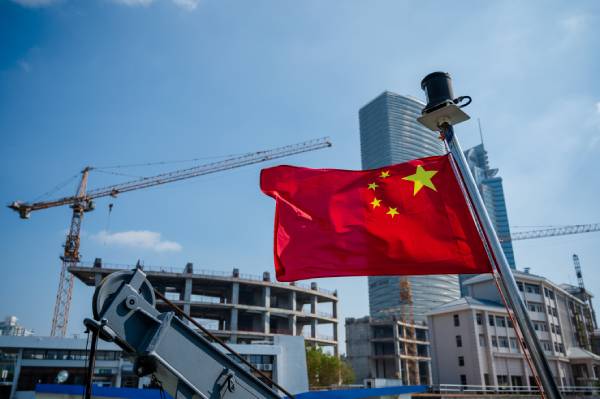
The U.S. is moving to impose hefty new port fees on Chinese ships and Chinese-built vessels, a move that could reshape global shipping. Under the proposal from the U.S. Trade Representative (USTR), Chinese-owned ships would be charged up to $1 million per port call, while Chinese-built vessels could face fees as high as $1.5 million.
The proposed fees also target companies with Chinese shipbuilding orders. Operators with at least 50% of their new vessel orders in China could be charged an additional $1 million per U.S. port call. The measures are part of a broader effort by the Trump administration to curb China’s dominance in the maritime sector, which now accounts for over 50% of global shipbuilding.
Analysts warn that the plan could disrupt supply chains and drive up shipping costs. The U.S. Trade Representative’s proposal includes fees of up to $1 million per port call for Chinese-owned vessels and up to $1.5 million for Chinese-built ships. These fees are intended to counter China’s dominance in shipbuilding and maritime logistics. However, industry experts caution that such measures may lead to increased costs for U.S. importers and exporters, as well as potential disruptions in global trade.
China’s government has pushed back, calling the proposal unfair. The Ministry of Commerce said, “The U.S. is still going its own way and going further and further on the wrong path.” Officials argue that the fees won’t strengthen American shipbuilding but will instead increase transportation costs and inflation.
The new rules could force shipping companies to rethink their routes and ordering strategies. While some firms may shift newbuild orders to South Korea or Japan, Chinese shipyards remain the dominant force in global shipbuilding, with over 60% of new orders in 2024 placed there.
The Trump administration is accepting public comments on the proposal until March 24, with a final decision expected later this year. If the plan moves forward, it could reshape how goods move through U.S. ports, potentially leading to higher freight costs and more uncertainty in global trade.